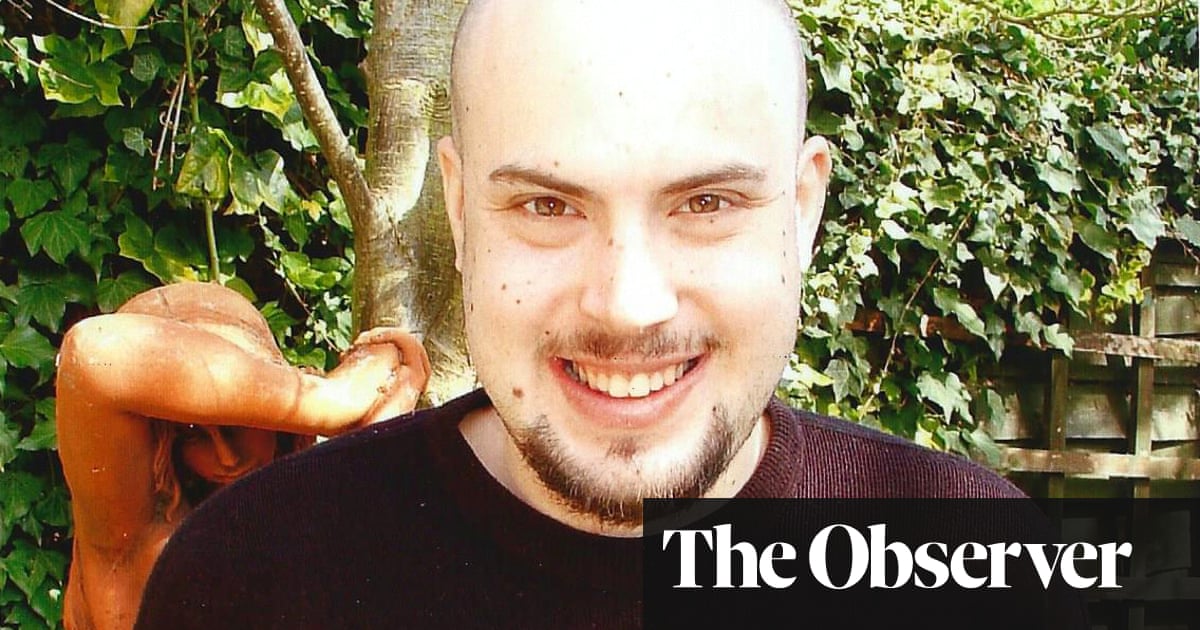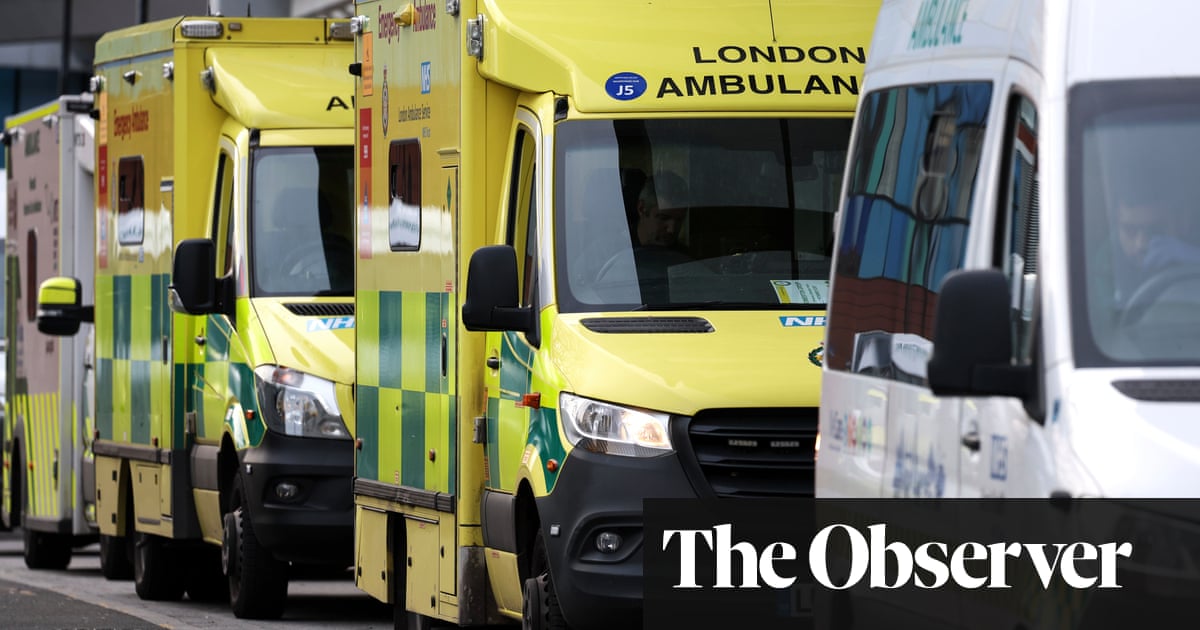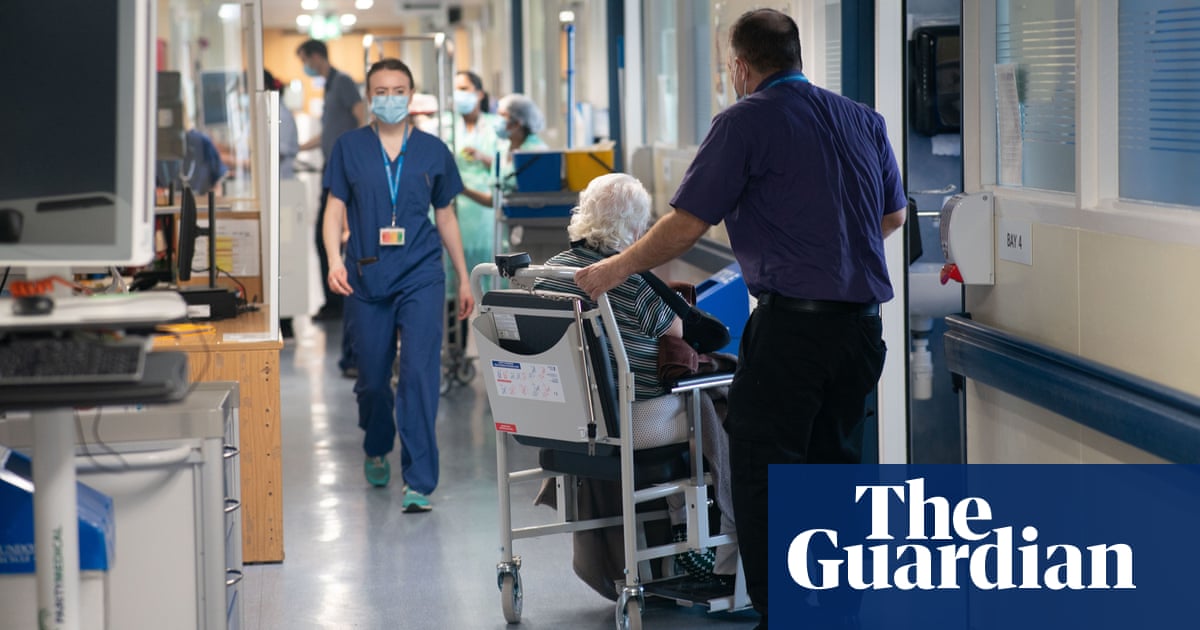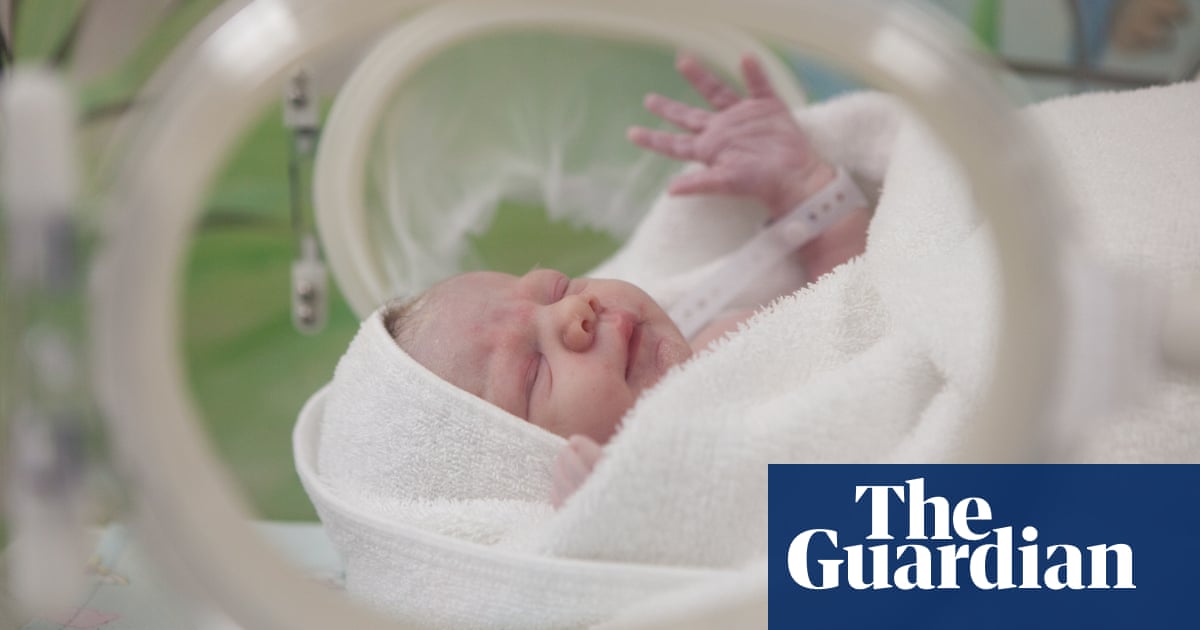
About 700 child deaths could be avoided each year in England by reducing rates of social deprivation, according to an NHS England-funded report.
The research, which analysed the records of 3,347 children who died in England between 1 April 2019 and 31 March 2020, identified a clear association between the risk of death and level of deprivation, for all categories of death apart from cancer.
It concluded that more than a fifth (23%) of all child deaths might be avoided if children living in the most deprived areas had the same mortality risk as those living in the least deprived areas.
Judith Cavanagh, the coordinator of the End Child Poverty coalition, said: “We already know that children who grow up in poverty experience worse physical and mental health than their better-off peers; that poverty restricts their opportunities in the future and blights their childhood with shame, stigma, stress and worry. What this report shows is that deprivation is killing children, not just limiting their lives and life chances.
“It is imperative that the government commits to an ambitious and comprehensive plan to tackle child poverty that will address the causes of deprivation through greater investment in children’s benefits, tackling low pay, and addressing high costs such as rent and childcare.”
Using postcode data, Prof Karen Luyt at the University of Bristol’s National Child Mortality Database and colleagues linked each child’s residential address to the government’s measures of deprivation index, which uses data on income, employment, education, health, crime, access to housing and services, and living environment to calculate a deprivation score, with one being the lowest and 10 the highest. They found that for each point (decile) increase in deprivation, there was a 10% increase in the risk of death, with almost three times as many deaths occurring in the most deprived decile, compared with the least deprived.
The majority (87.8%) of children who died lived in urban areas, and 63% of the deaths, were in infants less than one year old.
The team also scrutinised those child death records where deprivation was mentioned as a contributing factor. This revealed that problems relating to family debt or financial difficulties, homelessness in pregnant mothers, poor maternal nutrition, and mental health problems in either parent were the most frequently reported contributory factors.
Housing problems – such as a lack of cleanliness, unsuitable accommodation (including overcrowding), or maintenance issues such as damp or mould, or homes being in poor repair – were identified in 123 of the deaths reviewed.
Homelessness, either related to the father, mother, or child, featured in a further 33 deaths. This most commonly affected pregnant mothers, who went on to give birth to babies who subsequently died; families with young children; and young people leaving or being forced out of their family home.
“If families are living in homes where there literally isn’t a bed for every member of the family, and parents are sleeping on the sofa with their newborn baby, for instance, then that puts their risk of dying a sudden unexpected death up by a factor of about 30,” Luyt said.
A child’s postcode can also influence their risk of traumatic death, such as being hit by a car while playing out on the street because there is nowhere else to play. Deaths from infections such as meningitis or pneumonia are also associated with social deprivation. Luyt said: “We have universal healthcare, but families may not have the income to get to hospital if their child is very ill. It’s that sort of thing where I think social deprivation starts to affect a child’s survival.”
The study only counted deaths up to 31 March 2020, so it did not examine the impact of the pandemic, which is believed to have increased rates of child poverty. Luyt said: “Because of the measures we’ve been taking, we have seen a reduction in infections of all sorts in children across the board, because they’ve not been exposed to viruses and so on in schools. But certainly, the pandemic is not going to help the inequity that we can see.”
Earlier this week, the government set out its post-pandemic priorities and the laws it intended to pass in the forthcoming parliamentary session, including a promise to “level up across the whole of the UK”.
“The fact there was little or no mention of child poverty suggests we are at risk of this problem getting worse,” said Helen Barnard, the director of the Joseph Rowntree Foundation. “The government must not cut universal credit by £20-a-week in a few months’ time; we need to dramatically increase the supply of social housing and provide parents with the support they need to access good jobs that provide the security and flexibility they need to raise a healthy family.”
Alison Garnham, chief executive of Child Poverty Action Group, said: “There can be no starker or more shaming indictment of our failing social protection systems than the findings in this report. Government can turn this around but it will take a cross-agency approach and investment in family incomes through children’s benefits and public services.”
Prof Sir Michael Marmot, the director of the Institute for Equity at University College London, said: “In a rich society, deprivation should be avoidable – particularly of the kind that leads to deaths of infants and children. Such improvement is possible. Inequalities that are judged to be avoidable by reasonable means, and are not avoided, are inequitable. Putting them right is a matter of social justice.”












